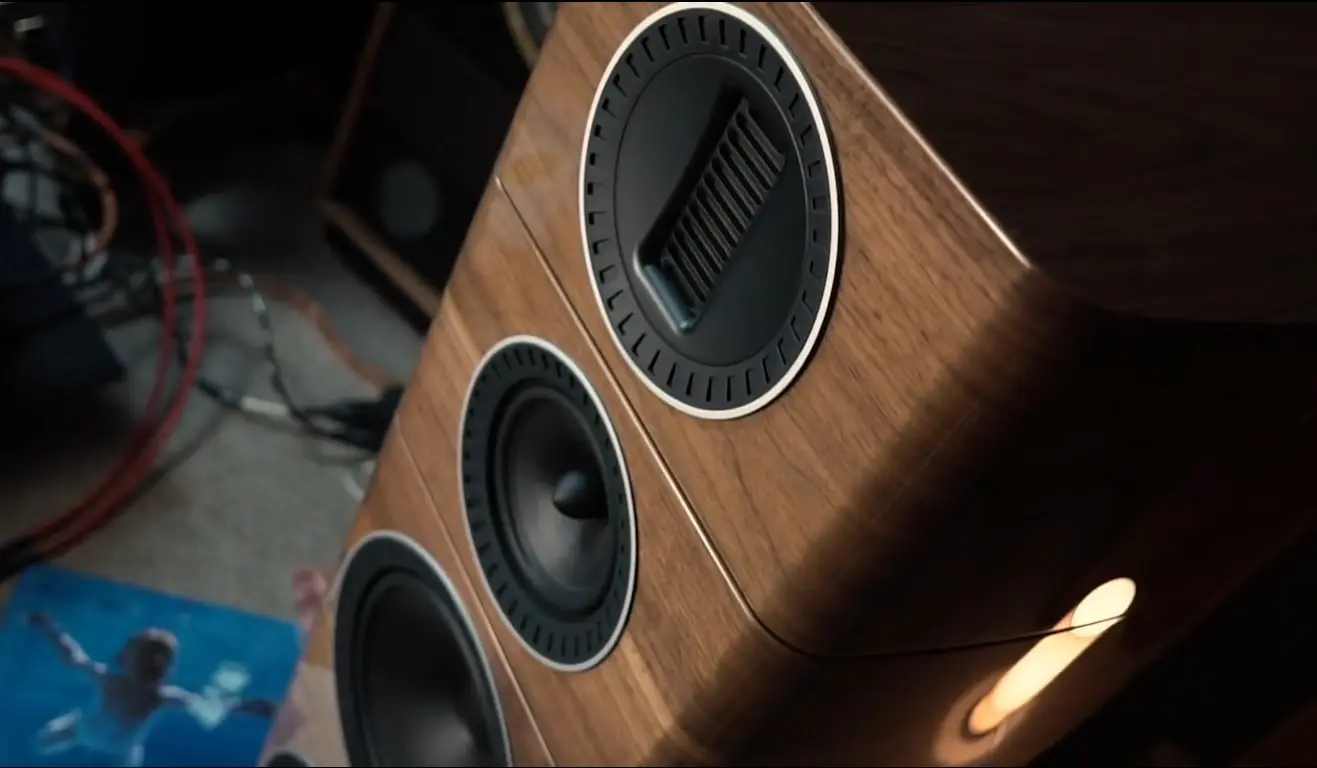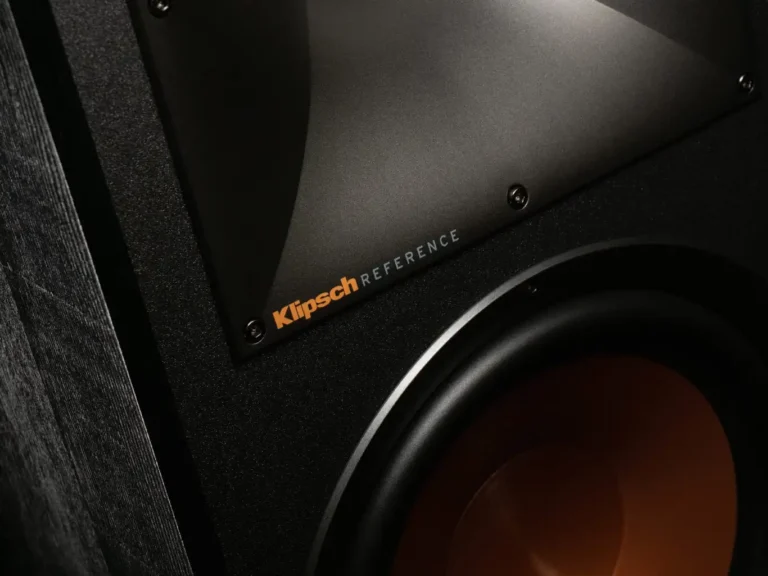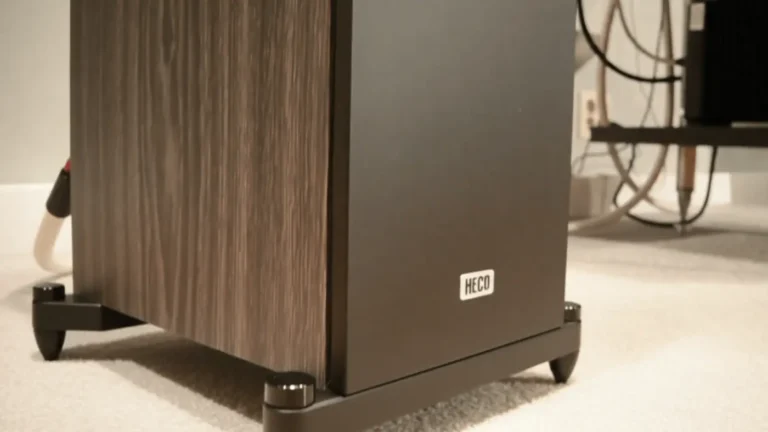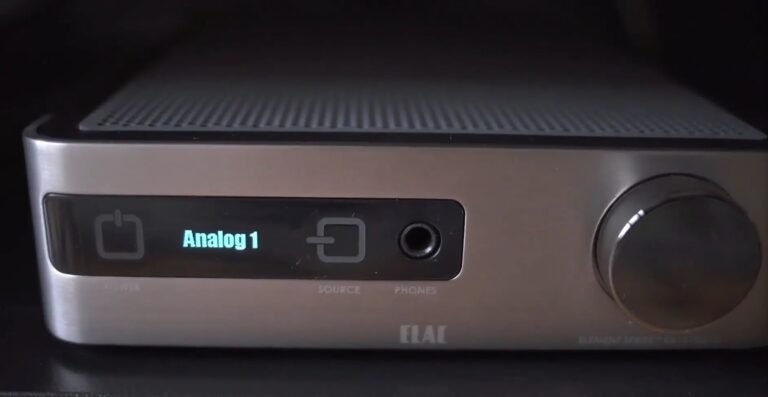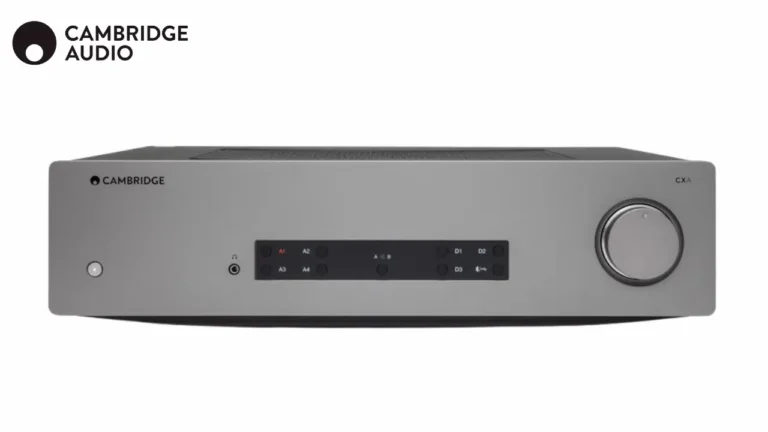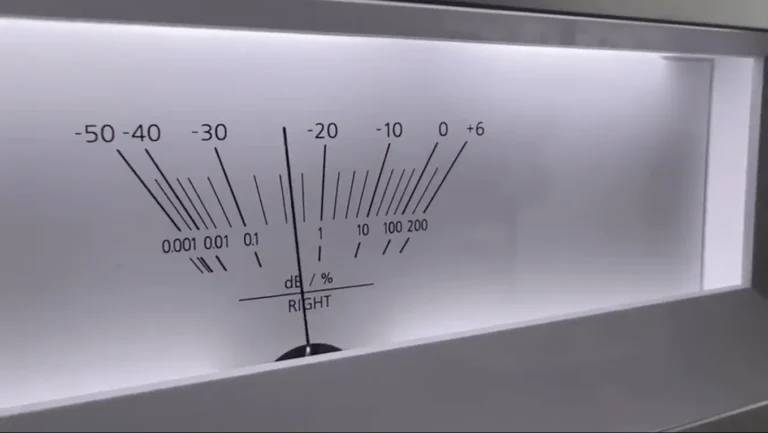Wharfedale Elysian 4 Review: At This Price, It Can’t Have Any Flaws. Does It?
The story behind the Elysian line is pretty straightforward. In recent years, Wharfedale has mostly focused on entry-level technology. They released several generations of the Diamond series (including an active version), tapped into the retro trend with the Linton and Denton models, and then introduced the EVO, which, while not overly expensive, was a step above most of their other products.
But then the company decided that while budget-friendly gear is great, they needed more variety. That’s when the Elysian 4 came into the picture. It was a massive and impressive speaker with a price tag of $10,000. Naturally, people started asking: Is this too much for Wharfedale? What exactly are you paying for?
Peter Comeau: The Mind Behind the Elysian 4
The Elysian line represents the pure essence of the brand. The driving force behind it is Peter Comeau, the head of the development center for the IAG group, which owns Wharfedale and five other British audio brands (plus at least one Japanese brand). Peter has a deep connection to Wharfedale, having grown up with the brand. As a teenager, he built speakers from DIY kits, which helped him absorb the core values and principles of Wharfedale from an early age.
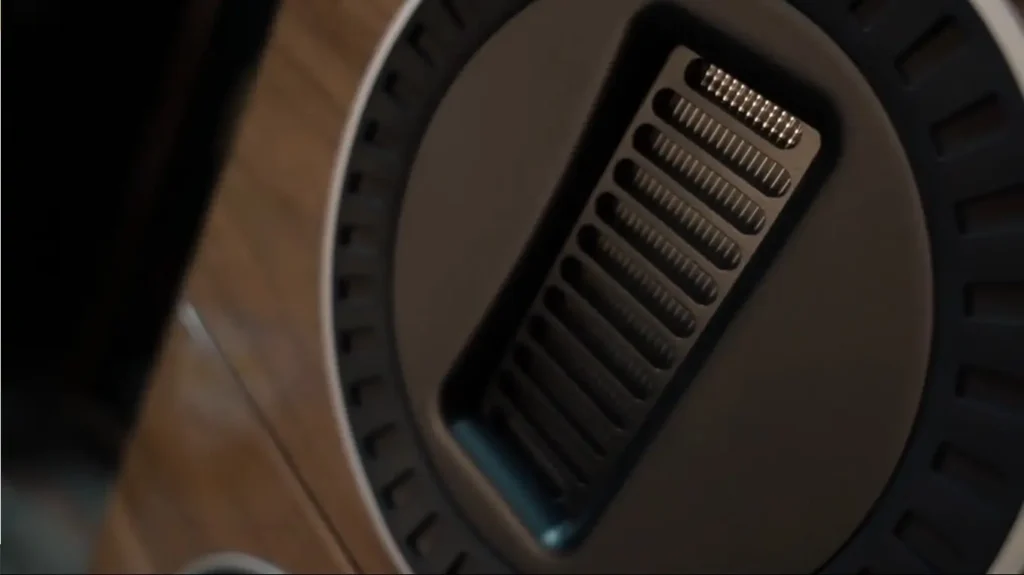
Peter explains that the Elysian series was designed with a focus on musicality, staying true to Wharfedale’s tradition. The goal was to create speakers who sounded captivating and engaging. Engineering and technical innovations weren’t added just to fill press releases with fancy terms or to achieve perfect measurements in ideal conditions. Instead, they were used as tools to achieve that exciting, emotional sound. While science and engineering play a key role early in development, Peter believes that beautiful numbers alone aren’t enough. In the end, the human ear remains the most important tool for evaluating audio equipment.
With the Elysian line, Peter aimed to surpass the Opus series, which was Wharfedale’s only true high-end offering. The Elysian speakers certainly outdid the Opus in size: they stand 118 cm tall, are nearly half a meter deep, and weigh 50 kg each. They feature a three-way design with a ribbon tweeter, a 6-inch midrange driver, and two 8.5-inch woofers.
Check Out: Wharfedale Diamond 12.1 Review
The cabinet is solid, heavy, and designed to minimize vibrations. It’s built with multiple layers of material, combining standard MDF with stiffer HDF on the front panel to reduce unwanted resonances. The speakers come in a few finish options: black or white piano lacquer and glossy walnut veneer. The horizontal stripes on the cabinet, which visually separate the speaker sections, combined with the veneer, give them a look reminiscent of other European brands. As Yulia Gorbatova remarked during the shoot, “It’s as if the Germans made Italian speakers.” This phrase perfectly captures their design aesthetic.
It has the clarity of brutalism, form follows function: precisely calculated rounded sides, tapering towards the back wall, are adjacent to a flat, wide front panel, on which emitters blacken, framed by the thinnest metal rings. In the monochrome version, acoustics becomes an art object from the era of retro-futurism. At the same time, the quality of the finish is chic: the veneer is fitted exactly, and six layers of varnish shine dazzlingly without a single smudge.
The woofers and midrange are custom-made ScanSpeak speakers with woven fiberglass cones filled with a special coating that improves the absorption of internal resonances. Both bass speakers are located in a single volume and are complemented by a slotted phase inverter – it is separated from the floor by a wide base on massive legs placed outside the body and carefully hidden from the eyes by carefully selected foam rubber dampers.

The midrange driver has its chamber, and its characteristics were selected so that it fits perfectly with the ribbon tweeter and plays with it as one. Wharfedale makes its tweeter – it is a large driver measuring 27×90 mm, complemented by a concave plastic diffuser to avoid too narrow a dispersion.
The developers tried to make such rather big acoustics with large speakers a fairly simple load for the amplifier, and achieved a sensitivity of 92 dB. And this opens up the widest field for experimentation because, due to its character, the Elysian 4 very clearly shows the characteristics of the sound of all other components of the system without suppressing them in any way. But it seemed to me that even despite the rather high sensitivity, they behave a little more fervently with amplification, with good current output.
From Neutral to Dynamic
I’ve listened to the Elysian 4 speakers four times, each in completely different setups. My first experience was during the early days of the pandemic. I was curious to hear how Wharfedale’s engineers envisioned high-end sound. So, I spent four hours in a showroom with the Elysian 4 and a Cambridge Audio Azur system. I was amazed at how effortlessly the speakers handled different genres. They played The Prodigy’s intense electronic beats with energy, then smoothly transitioned to smooth dark jazz, followed by delicate piano melodies, and even Madonna, all without missing a beat.
The second time I heard them was at an event. They were paired with Naim components in a small room filled with heavy chairs. Despite the challenging space, the pairing with Naim felt more dynamic and engaging than the one with Cambridge. The sound had better control, more emotion, and a sense of synergy. It was sharper and more contrasting, making the experience even more memorable.
The third time I listened to the Elysian 4 was at last year’s Hi-Fi & High-End Show 2023.
So, when I had the chance to hear them again in September, I took the selection of components very seriously. After all, with a high price tag comes great responsibility.
This is a double-edged sword: on one hand, the Elysian 4 is transparent and neutral enough to reveal the characteristics of the components paired with it. On the other hand, this makes it challenging to choose the right setup. The speakers won’t hide any quirks or flaws in the rest of the system. Every detail matters.
In the end, we settled on a setup featuring a Linn Klimax DSM as the source and preamp, paired with a McIntosh MC462 power amplifier. Together, they created a very pleasing balance of musicality, emotion, and technical precision. But the standout quality of the Elysian 4 is its neutrality, which allows you to fine-tune the system’s sound with other components and cables. You can add a warmer amplifier, a smoother source, or something richer and more detailed. It feels like you could experiment with different setups forever.
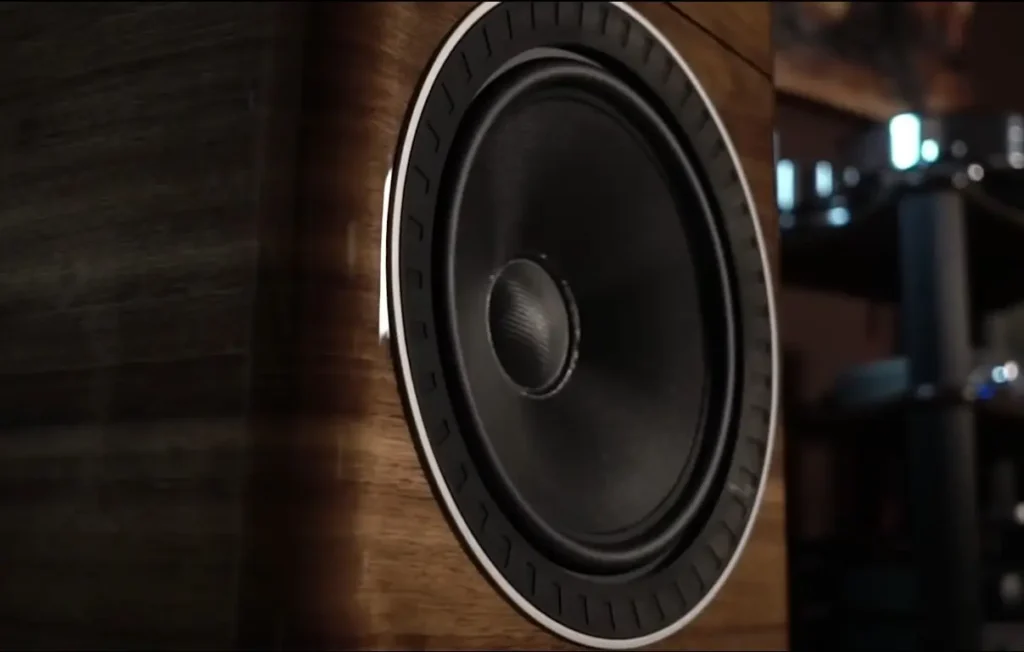
These are exceptional speakers, and they deliver a big, expansive sound, yet they somehow disappear into the room. They create a tall, well-defined soundstage, accurately placing layers of sound around and deep within tracks, whether it’s industrial or neurofunk. With artists like Morcheeba and Björk, they slightly lift the vocals above the instrumentation. It doesn’t feel like you’re listening to speakers; it feels like you’re surrounded by music. There’s a sense of grandeur, but it doesn’t overwhelm you; instead, it paints a vast, immersive sonic picture.
At low to medium volumes, trip-hop and pop music flowed melodically. But when I played psychedelic jazz like The Comet Is Coming, I couldn’t resist turning up the volume, and the system responded effortlessly. It handled the chaotic, saxophone-driven energy without adding unwanted distortion, keeping every overtone in its rightful place. The ability of such large speakers to “disappear” in the room was especially striking on tracks like “Summon The Fire.” The immersive effect was stunning, with flanger-treated samples flying not just left to right but all around the room. The system kept the rhythm tight, the brass vibrant, and the percussion crisp, without letting anything get muddled.
The bass in the music doesn’t overpower—it strikes a great balance between tight punch and deep, rumbling weight. It doesn’t overwhelm but instead forms a rich, solid foundation for the entire track. That said, in this setup, it could use a touch more speed: tracks from Noisia and Culture Shock could benefit from sharper separation between beats. Still, electronic music, despite being entirely synthetic, sounded just as engaging as live recordings. The slight lack of speed seemed to add a softer, more natural texture to the samples, giving them a more organic and lifelike quality.
Female vocals shine—smooth, melodic, and just slightly lifted above the mix. Male vocals, deeper and more grounded, feel more integrated into the music but still retain their emotional depth. The midrange is presented with a sense of space and airiness, blending seamlessly into the overall melody without sticking out or feeling disconnected. Strings have clarity, the piano sounds vibrant, and the woodwinds carry that breathy, natural quality they should.
A standout feature of Wharfedale’s ribbon tweeters, noticeable even in their EVO line, is the absence of harshness or coldness, which can often plague this type of driver. The high frequencies are clear, with cymbals ringing and percussion shimmering, but no overly clinical precision strips the sound of its life. The tweeters also avoid being overly directional. What’s more, the transition between the midrange and highs is seamless; the drivers work together so well that they feel like a single, cohesive unit.
The nature of the Elysian 4 acoustics makes it possible to listen for hours without getting tired at all, even at volumes where the amplifier is pushed to its limits. There’s no artificial elegance, no forced analytical sharpness, no exaggerated energy, or fake emotion. The sound is balanced and natural, offering exactly what’s needed, nothing more, nothing less. Among all the Wharfedale speakers released in recent years, the Elysian 4 comes closest to being a precise, unshakable instrument. This approach to sound was hinted at in the updated EVO series, but it’s fully realized here in the Elysian.
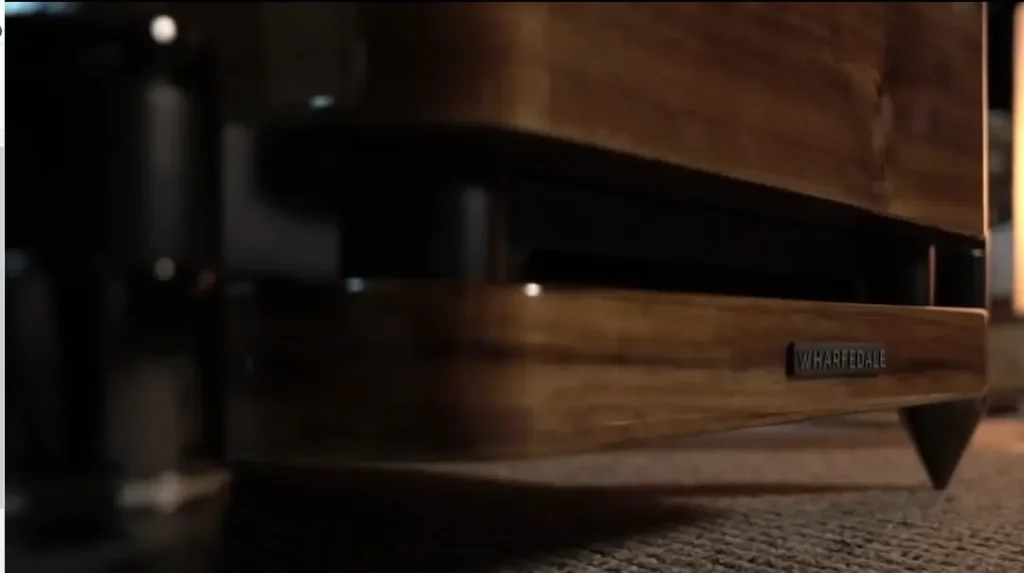
With the Elysian 4 delivering a neutral, detailed, yet highly musical performance, Wharfedale has reached a level where its high-end speakers can compete for the attention of even the most discerning audiophiles. However, at this level, it becomes much clearer how each component in the audio system contributes its character. It highlights how technology influences the dialogue between the music and the listener, choosing equipment and how it interprets the music, a deeply personal decision tailored to specific ears and rooms.
For the Elysian 4, I have four key recommendations: place them in rooms that are at least 30 square meters, position them farther apart, pay close attention to amplification (you can never have too much current, trust me), and seek out high-quality recordings (because listening to tracks like Nymphetamine by Cradle of Filth or home-studio Neurofunk mixes can be a painful experience).
And let’s be honest, the list of requirements isn’t that demanding. The Elysian 4 is the kind of speaker you can live with for years, slowly upgrading the components around it to unlock even more potential. During my time testing them at the Nazarov Gallery, I was offered a chance to pair them with Gryphon electronics—a brand from a completely different league because, as they put it, “they just work incredibly well together, we’ve tested it.” And they weren’t wrong. That’s the beauty of the Elysian 4: they’re versatile enough to shine with a range of setups, making them a long-term investment for any audiophile.
Wharfedale Elysian 4 Specifications.
Acoustic circuit: phase inverter
Number of bands: 3
Drivers: HF – 1 x AMT tweeter 27 x 90 mm, MF – 1 x 6.5 inch with fiberglass cone, woofer – 2 x 8.5 inch with fiberglass cone
Frequency response (±3 dB): 30 Hz – 22 kHz
Impedance (nominal/minimum): 4/3.6 ohms
Sensitivity (2.83V/1m): 92dB
Max. sound pressure: 110 dB
Crossover frequencies: 340, 3,100 Hz
Recommended Amplifier Power: 25-250W
Dimensions: 1188 x 402 x 432 mm
Weight (single column): 49.5 kg

